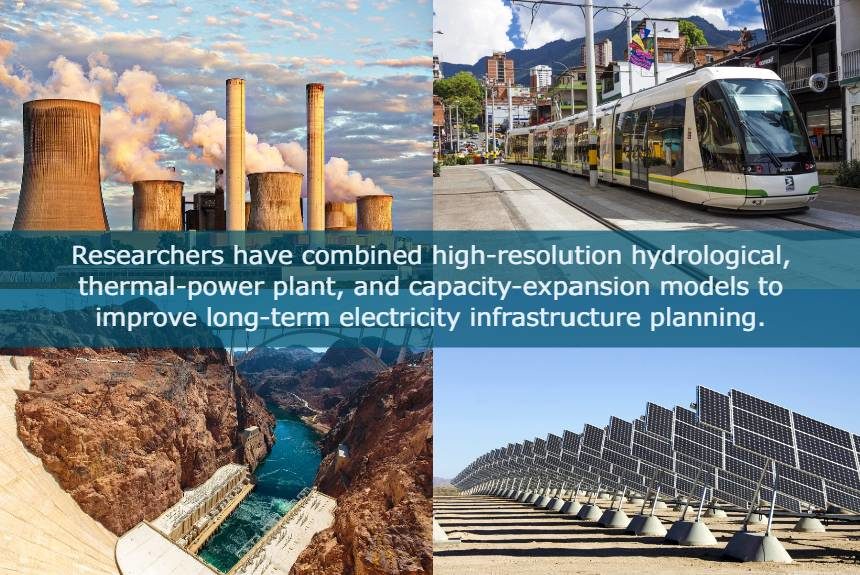Researchers have used a new modelling approach to long-term electricity infrastructure planning for the US power grid under future climate and water resource conditions.
This new modelling approach researchers use is a shift from traditional projections, which do not consider climate-water impacts on electricity generation. The result shows that adding 5.3% to 12% of power-generating capacity is needed to meet reliability requirements.
Researchers have combined high-resolution hydrological, thermal-power plant, and capacity-expansion models to improve long-term electricity infrastructure planning.
The novelty of this approach is the use of feasibility checks on results, which allowed researchers to assess the region-specific climate-water impact on power supply reliability and identify potential adaptation steps to improve reliability.
The study presents four research questions:
- How will future climate and water resource conditions impact four electricity scenarios?
- How will the new modelling of climate-water impacts compare to previous efforts on electricity generation?
- What technology would be needed to adapt to future climate-water conditions and meet reliable electricity generation levels?
- What are the resulting economic and environmental implications?
To address these questions, researchers simulated capacity-expansion scenarios for four electricity mixes favouring technology types (coal, nuclear, solar, and business as usual) with and without considering climate-water impacts.
When climate-water impacts and feasibility checks are not considered in the simulations, capacity reserve margins drop in reliability levels. This shows that the power systems may face reliability challenges without climate-water adaptation.
Viable solutions to meet future electric generation reliability include trade-offs in regional technology choices that prefer renewable-based power over thermal power generation. This would reduce water use and emissions for electricity generation demands.
Currently, the US grid heavily depends on thermal power plants that use coal, nuclear, and natural gas fuels. These plants are affected by warm ambient temperatures and need large quantities of water to cool off.
Renewable sources like solar PV and wind require minimal water for operation as they do not require cooling. Still, renewable sources do not account for much of the power generation across the US power grid.
Sources
Advanced Science Research Center, GC/CUNY. “Grid reliability under climate change may require more power generation capacity: Importance of factoring climate-water impacts into electric grid planning.” ScienceDaily. ScienceDaily, 21 November 2019. <www.sciencedaily.com/releases/2019/11/191121141425.htm>.
Ariel Miara, Stuart M. Cohen, Jordan Macknick, Charles J. Vörösmarty, Fabio Corsi, Yinong Sun, Vincent C. Tidwell, Robin Newmark, Balazs M. Fekete. Climate-Water Adaptation for Future US Electricity Infrastructure. Environmental Science & Technology, 2019; DOI: 10.1021/acs.est.9b03037



Leave a Reply